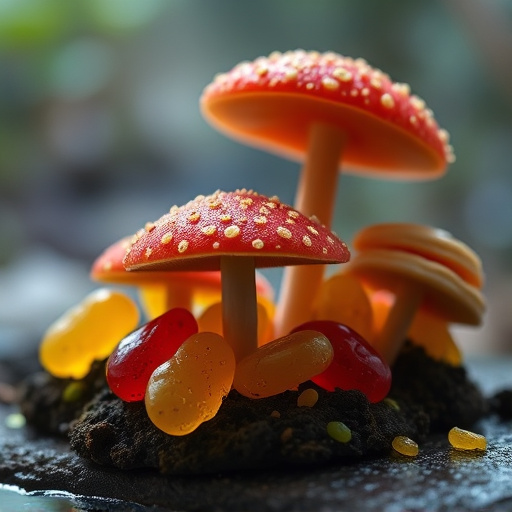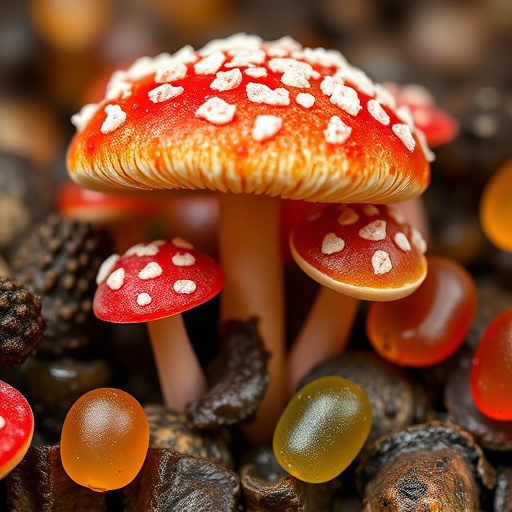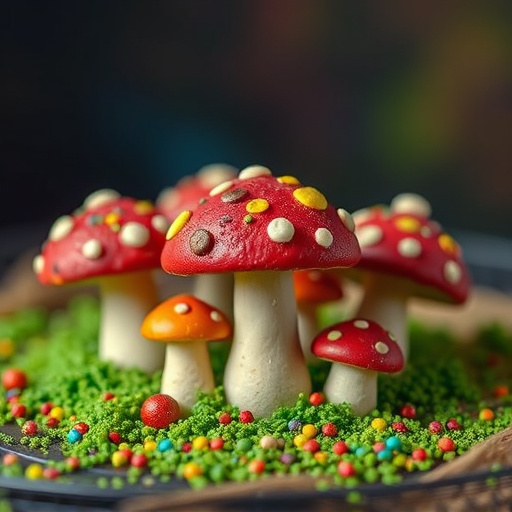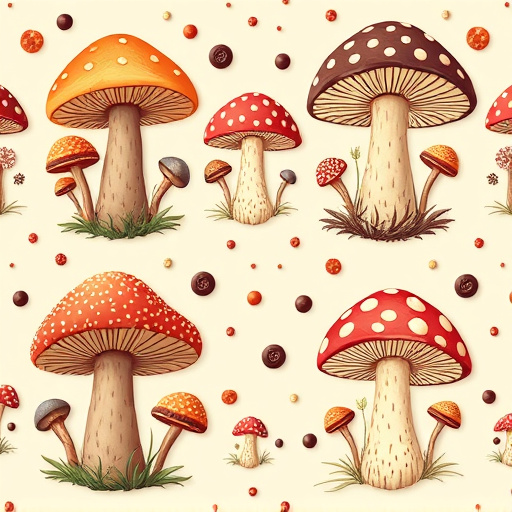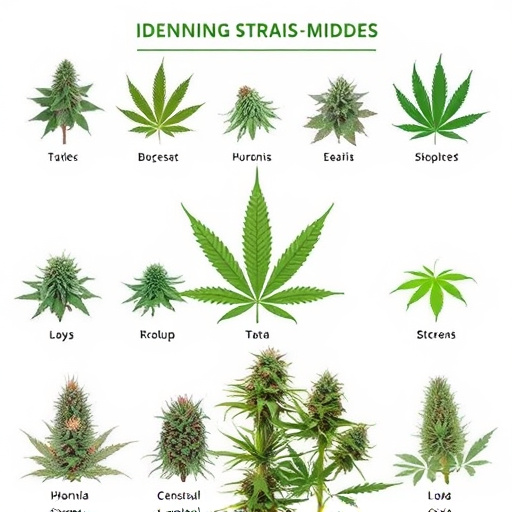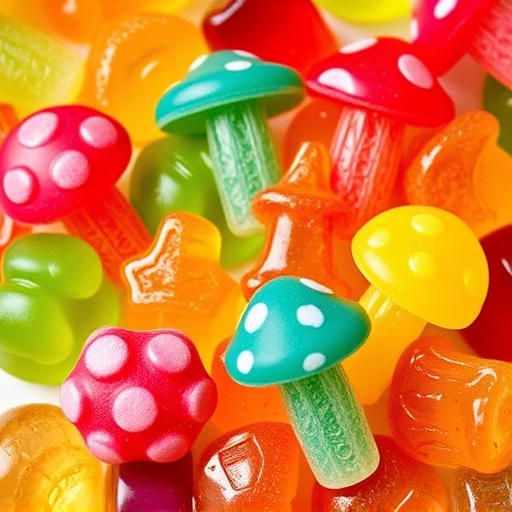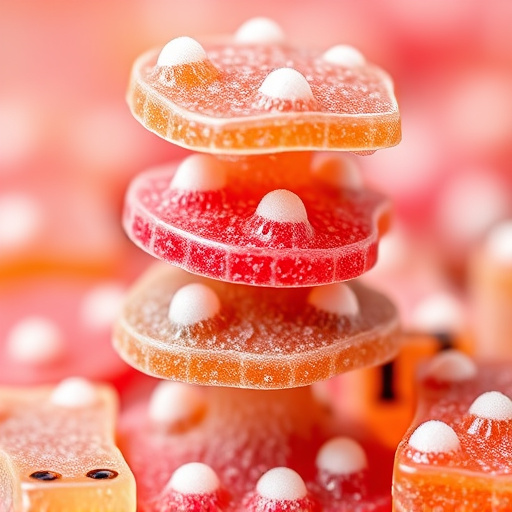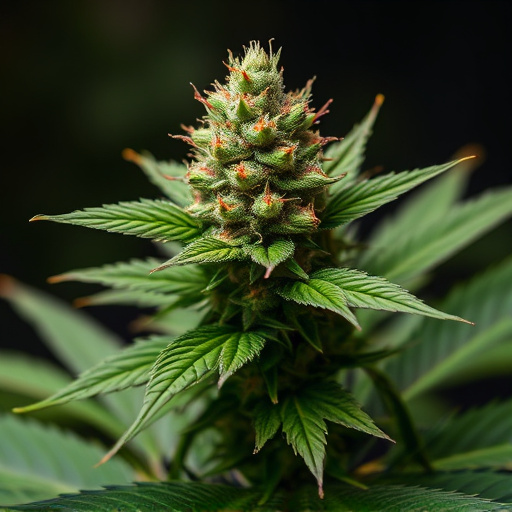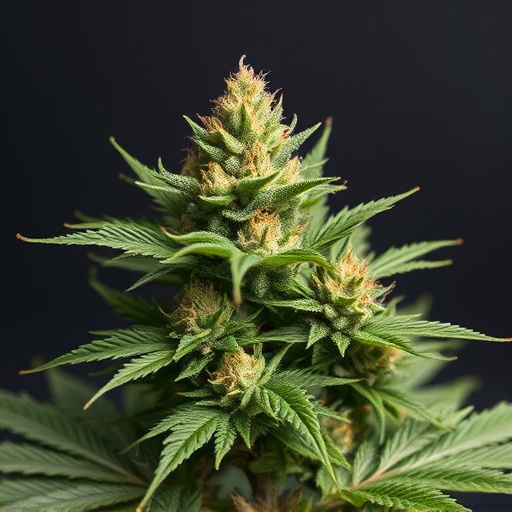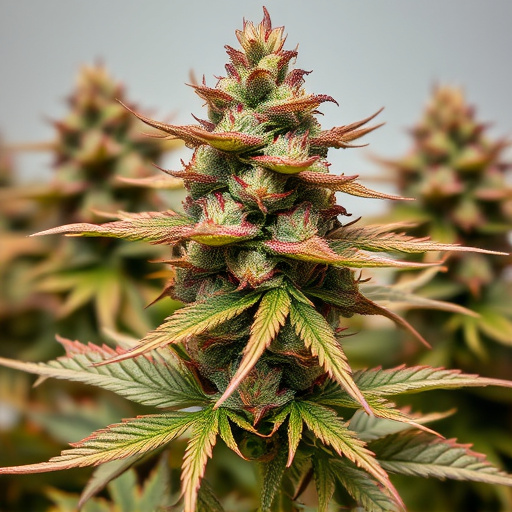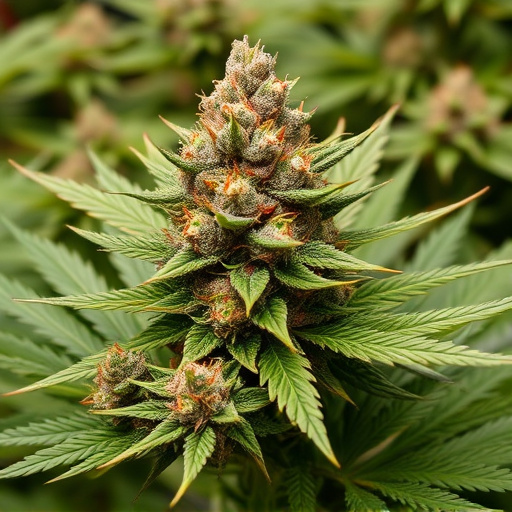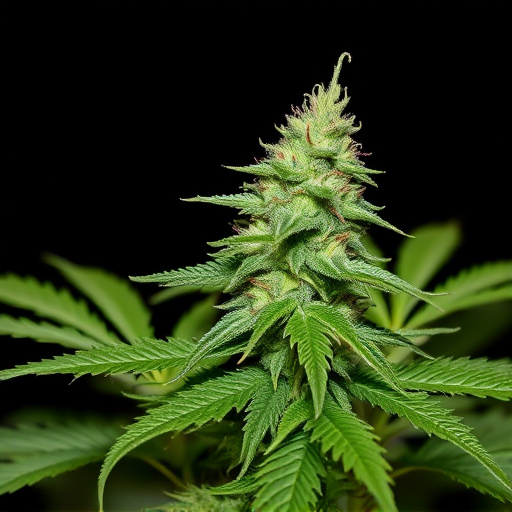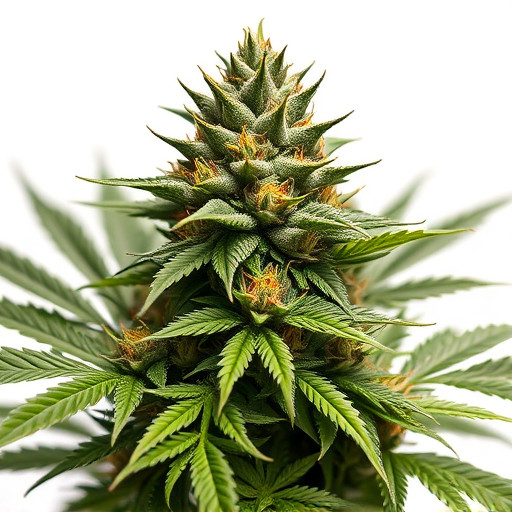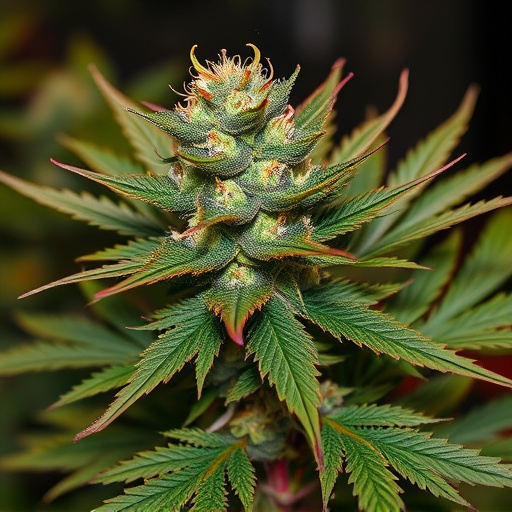Understanding the lifespan of old school cannabis strains is crucial for optimal harvest timing. These strains peak between 60-90 days, but potency declines after 4-6 weeks post-flowering due to natural oxidation. Growers should target milky-white trichomes for maximum cannabinoid production without losing potency. Environmental factors and improper storage accelerate degradation, so using airtight containers slows down this process. Modern cultivation techniques have significantly increased THC levels, transforming the cannabis landscape from historical 4-8% concentrations to modern hybrids exceeding 20%.
“Uncover the secrets behind cannabis flower potency and its elusive timeline. This comprehensive guide explores the factors that dictate when these valuable plants reach their peak and subsequent decline. From understanding the art of harvesting at just the right moment to examining storage methods and environmental factors, we delve into the science behind cannabis decay. Additionally, we compare the potent old school strains with modern varieties, shedding light on evolving potency trends over time.”
- Harvesting at Peak Potency: Understanding the Lifespan of Cannabis Flowers
- Factors Influencing Decay: From Storage to Environmental Conditions
- Old School Strains vs Modern Varieties: Changes in Potency Over Time
Harvesting at Peak Potency: Understanding the Lifespan of Cannabis Flowers
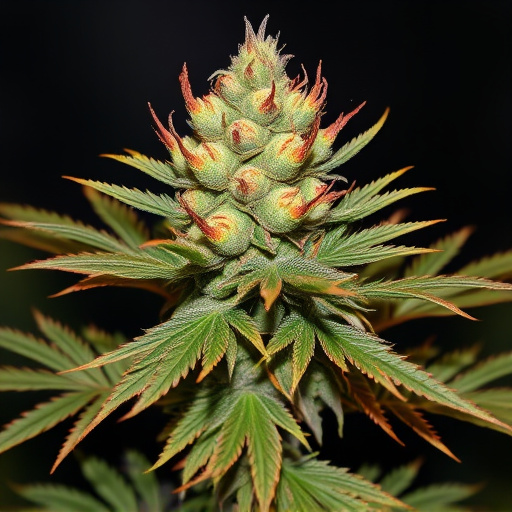
When considering the optimal time to harvest your cannabis plants, understanding their lifespan is crucial. Old school cannabis strains, known for their potent and aromatic profiles, typically reach peak maturity between 60-90 days after vegetative growth begins. During this period, the flowers accumulate significant levels of cannabinoids and terpenes, resulting in a highly effective and desirable product.
However, it’s important to note that after about 4-6 weeks post-flowering, the potency of cannabis flowers starts to decline. This is due to natural oxidation processes and the breakdown of cannabinoids. Old school strains, though prized for their initial potency, may not maintain their original strength as they age. To capture the full potential of these classic varieties, growers should aim to harvest when the trichomes (small glandular hairs on the flowers) are milky white, indicating optimal cannabinoid production, without waiting too long and risking a loss in potency.
Factors Influencing Decay: From Storage to Environmental Conditions
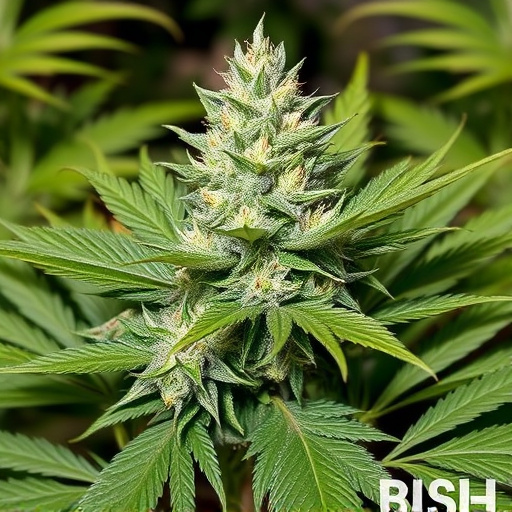
The potency of cannabis flowers isn’t static; it undergoes a natural decay process, influenced by various factors that can significantly impact their quality and effectiveness over time. Old school cannabis strains, known for their robust flavors and effects, are not immune to this. Storage conditions play a pivotal role; improper storage can accelerate the aging process. High temperatures, humidity, and exposure to light are enemies of cannabis potency. These environmental factors can cause cannabinoids like THC and CBD to degrade, leading to reduced efficacy.
Additionally, the type of storage container matters. Airtight containers that prevent oxygen exposure slow down the decay process, preserving the potency of old school strains for longer periods. Understanding these factors is crucial for cannabis enthusiasts aiming to maintain the integrity of their favorite blooms, ensuring they deliver the desired effects when needed.
Old School Strains vs Modern Varieties: Changes in Potency Over Time
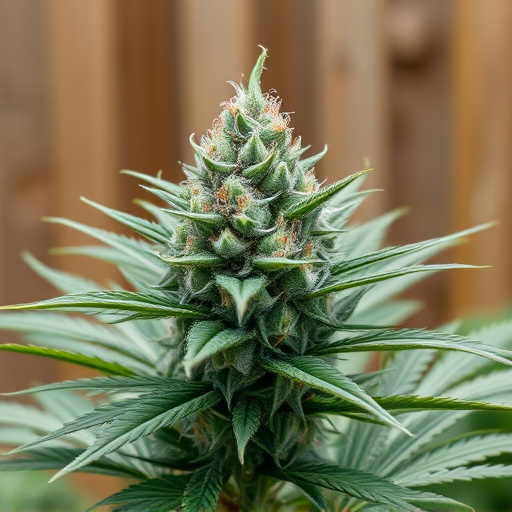
The evolution of cannabis cultivation techniques and genetic modifications over time has led to a notable difference in potency levels between old school strains and modern varieties. Historically, cannabis plants grown outdoors or in small, clandestine operations produced lower THC (tetrahydrocannabinol) concentrations compared to today’s carefully bred and cultivated strains. Old school cannabis strains often had THC levels ranging from 4-8%, which, while still potent for the time, pales in comparison to modern hybrid varieties that regularly exceed 20% THC.
This shift is primarily attributed to advancements in cultivation practices, such as controlled indoor environments, precision climate control, and selective breeding techniques. Growers can now manipulate light cycles, nutrient profiles, and environmental factors to optimize cannabinoid production, resulting in higher THC levels. Modern cannabis varieties have been engineered not only for increased potency but also for specific cannabinoid profiles that cater to diverse consumer preferences and therapeutic needs.
In the ever-evolving cannabis landscape, understanding the decay of potency is vital for both cultivators and consumers. From harvesting at peak freshness to factoring in storage and environmental conditions, every element plays a role in maintaining the desired effects. While modern varieties may offer new experiences, old school cannabis strains hold historical significance and still possess unique potency profiles. By recognizing the influences on cannabis flower decay, users can make informed decisions, ensuring they access the full potential of this versatile plant.
